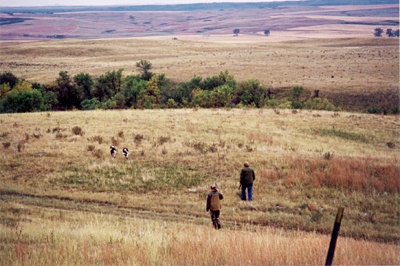All Nonfiction
- Bullying
- Books
- Academic
- Author Interviews
- Celebrity interviews
- College Articles
- College Essays
- Educator of the Year
- Heroes
- Interviews
- Memoir
- Personal Experience
- Sports
- Travel & Culture
All Opinions
- Bullying
- Current Events / Politics
- Discrimination
- Drugs / Alcohol / Smoking
- Entertainment / Celebrities
- Environment
- Love / Relationships
- Movies / Music / TV
- Pop Culture / Trends
- School / College
- Social Issues / Civics
- Spirituality / Religion
- Sports / Hobbies
All Hot Topics
- Bullying
- Community Service
- Environment
- Health
- Letters to the Editor
- Pride & Prejudice
- What Matters
- Back
Summer Guide
- Program Links
- Program Reviews
- Back
College Guide
- College Links
- College Reviews
- College Essays
- College Articles
- Back
Innovation
925 million people in this world are hungry. 90% of the world’s land is not arable. With each passing year, the amount of arable land diminishes as nutrients are depleted, while the human population continues to grow at an exponential rate. As food supply and demand falls out of balance, the power of globalization becomes adverse. In an interconnected and interdependent world, the inevitable food crisis will only spread from nation to nation, leading to civil unrest and hunger. Africa, the food trap, would be the first to succumb: as food prices soar, the poorest nations in the world, dependent more on the global market to feed their people than the not-so-arable land that surrounds them, will lose the fight against food insecurity. The undeveloped nations, attempting to industrialize, will need more food to support their growing working population, leading to the decimation of forests for cropland. The trees that previously held the soil in place yield to the flimsy roots of barley and wheat, allowing soil to erode away.
Yet the food crisis is not contained to only affecting developing nations. Transformations in the agriculture of leading nations, such as the United States, are occurring due to the depletion of fertile soil. The plain states, once the breadbasket of America, are suffering from nutrient loss. Even now, farmers plant less wheat, hoping to stall soil depletion, but spelling an end to the era of cheap pasta, bread, noodles, and carbohydrates. Current shifts towards green energy have created mandates for the use of corn-based and sugarcane-based ethanol, trading off food for fuel. Corn grown in America, instead of being shipped to the hungry, is instead powering our cars. Rainforests in Brazil are being decimated to grow the sugarcane needed to operate our vehicles, instead of using the fertile land for food crops. The current trend, even among developed nations, is towards a smaller ability to produce food but a rapidly growing population that needs to be fed.
The solution to world hunger? More food. The answer to food insecurity lies in the ability of science to innovate. Current research has revealed that genetic manipulation of crop plants would allow them to grow under less fertile conditions. For instance, these plants would be able to grow in areas with less fertilizer or in parts of the world that are not defined as traditionally arable.
A key example are staple crops, such as corn, wheat, and barley. While full of carbohydrates, these crops are notorious for sapping soil nutrients, forcing farmers to over-fertilize or use crop rotation methods, both of which are not efficient usages of soil. Genetically altered crop plants, then, would allow the soil to sustain season-long growth due to their ability to grow under less-favorable conditions.
The growing world population needs more food that cannot be grown through normal agricultural means. Genetic manipulation of crop plants is necessary to cultivate land that is not regarded as arable now. Altered plants could grow where current crops cannot, allowing food production to keep up with the steadily growing population, increasing demand for food, soil erosion in parts of the arable world, and the shift towards plant-based energy. The solution to food shortage lies only in the ability of the world to produce more food and using more of the Earth’s available land to feed the human race.

Similar Articles
JOIN THE DISCUSSION
This article has 0 comments.
